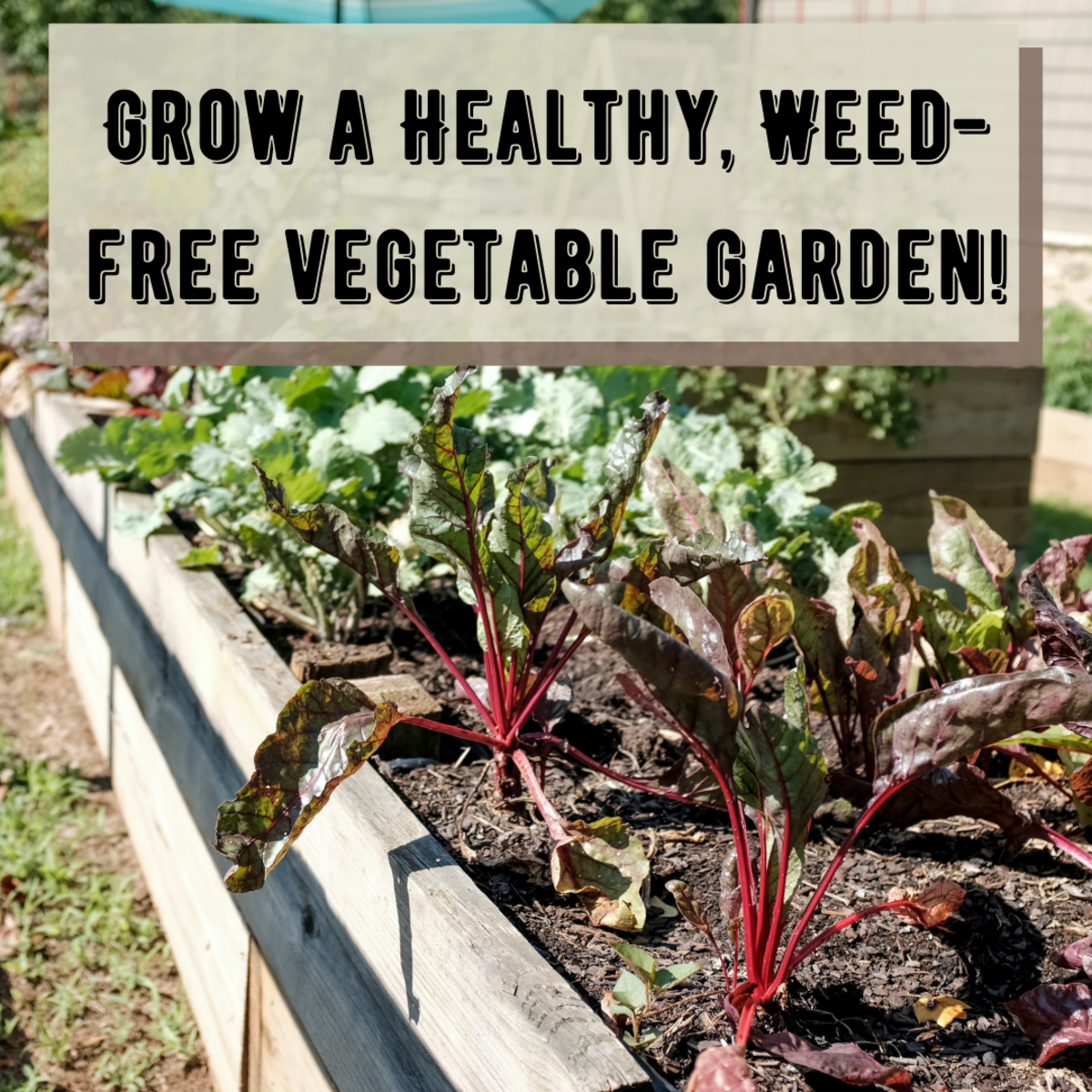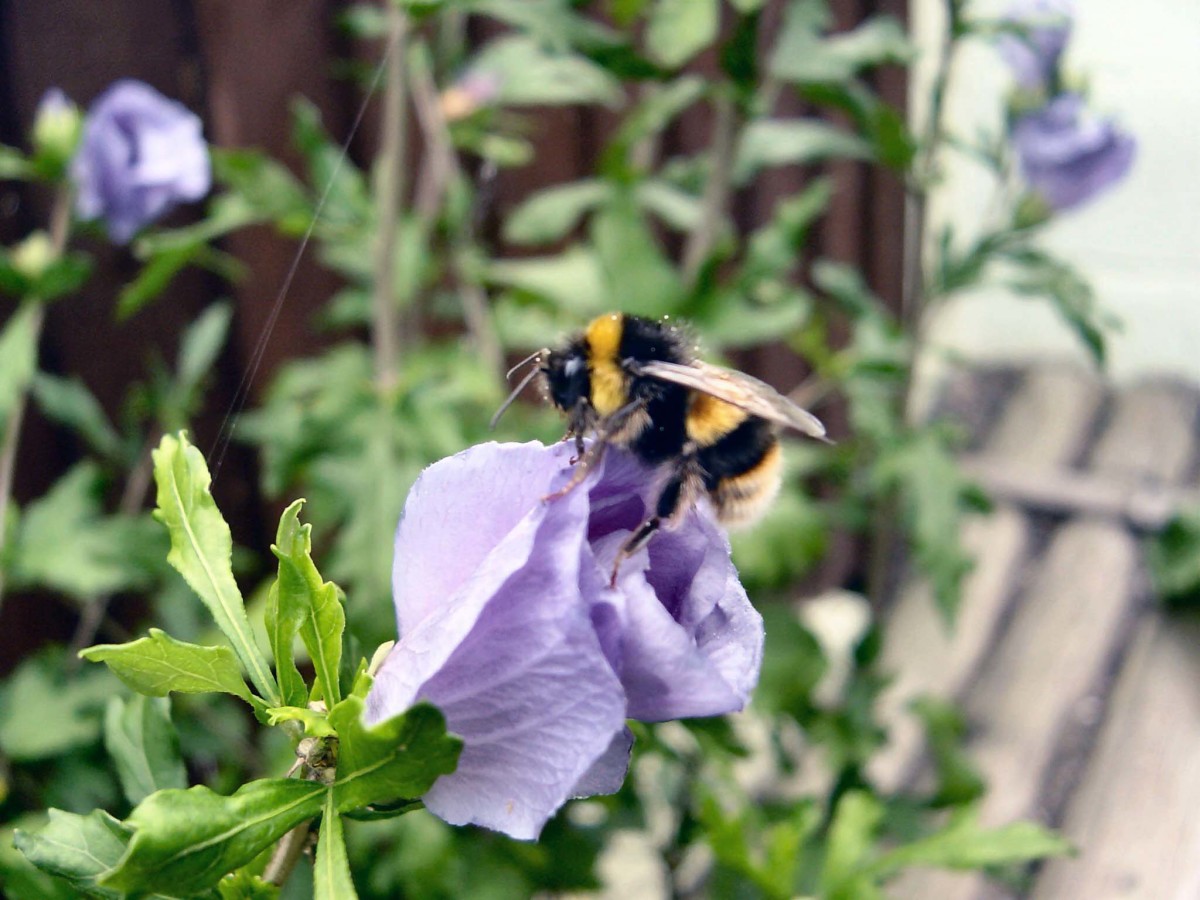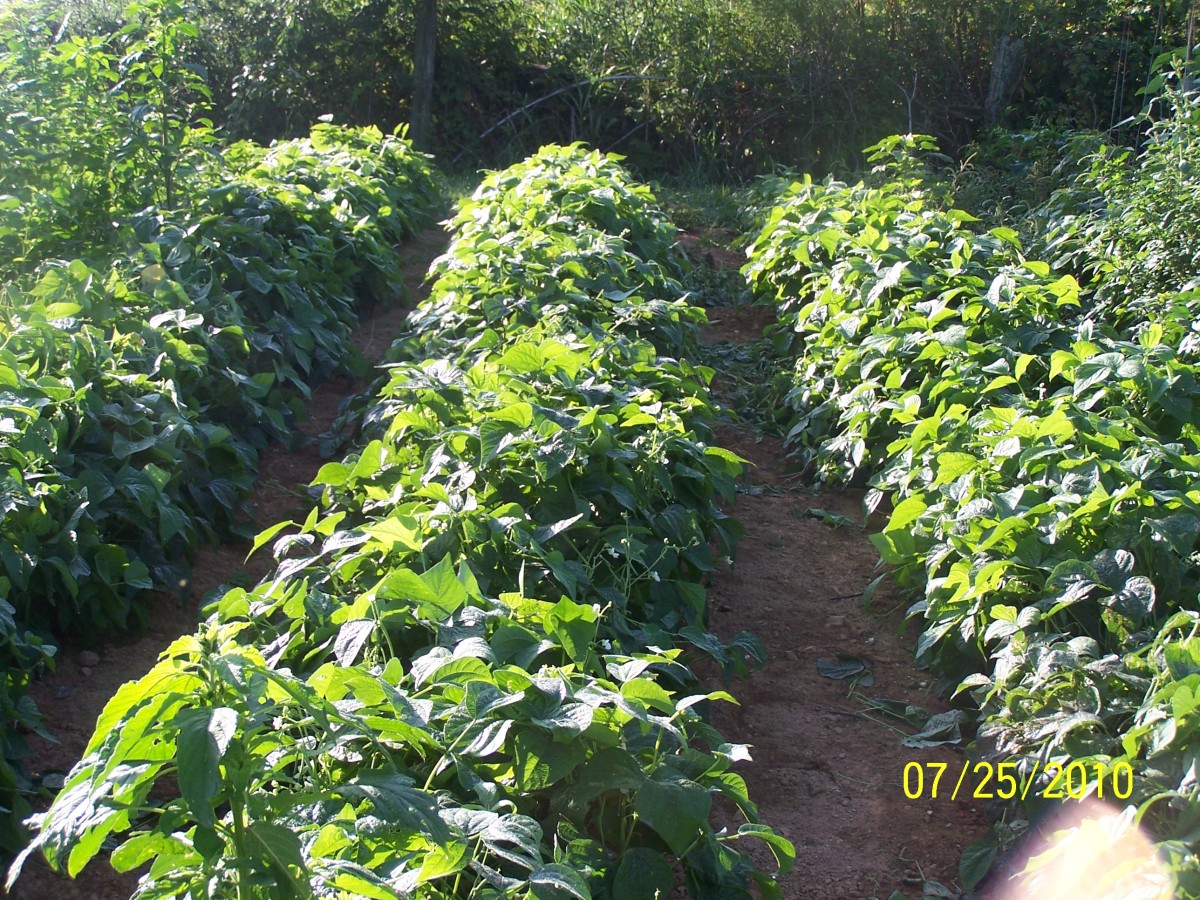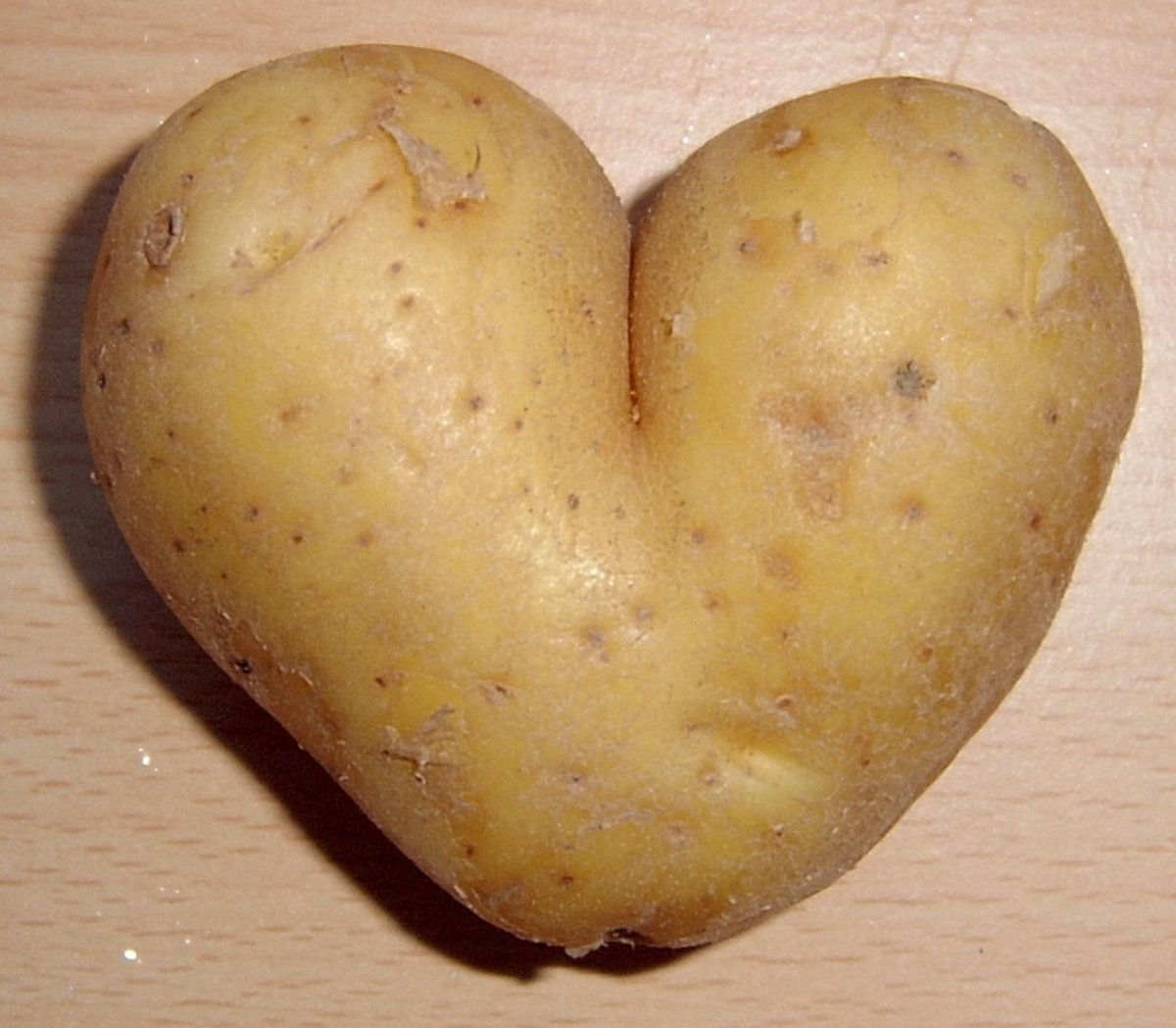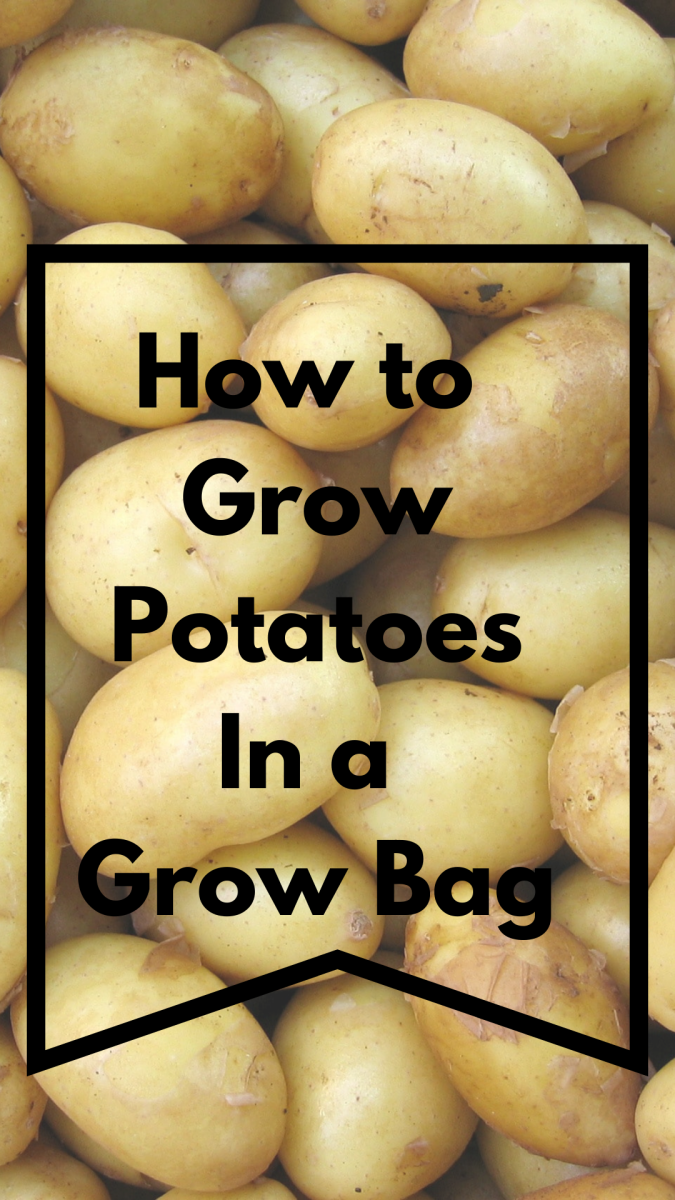Vegetable Gardening: Preparing the Soil
Soil is the source of nourishment for plants. Vegetables thrive well in a good soil.
Prepare the soil before planting any vegetables. Remove sticks, stones, plant debris that may harbor insects and diseases and other trash on the soil.
Garden soil must be in the right texture and full of nutrients to support healthy plants. Perfect soil is a good mixture of clay, silt, sand and organic material. If loose, dark soil is not available, you can improve the existing soil for fertility and good drainage. You can cultivate it properly, add organic matter and maintain soil fertility.
How to test and fix the soil
Before doing the digging in the garden, test the soil first. Most vegetables thrive in loose, crumbly soil that drains water well but still holds moisture.
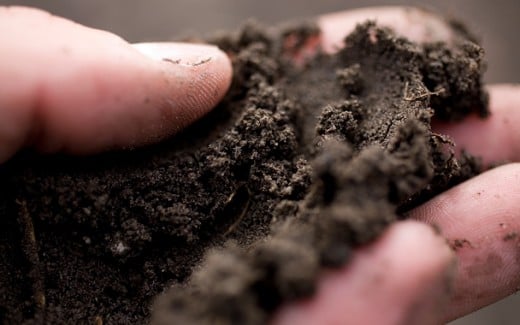
How to test and fix the soil? Test the site by soaking it, wait for a day and then dig up a handful of soil. Squeeze the soil hard. If water streams out, the drainage is poor. Then open your hand. If the soil hasn’t formed a ball, or if the ball falls apart at the slightest touch, the soil is too sandy. If the ball holds together even when poked fairly hard, there is too much clay in the soil. But if the ball breaks into crumbs, like chocolate cake, when you poke it, the soil is ideal.
Both sandy and clay soils can be improved by adding organic matter such as compost or peat moss. Buying these soil amendments in bulk can reduce the cost of fixing these problems. You may need to add 2 to 4 inches of organic matter, depending on the severity of the problem. If the soil doesn’t drain well, the best solution is to install raised beds. Raised beds are simply areas of earth mounded 6 inches or more above the general soil level.
Digging the soil
If you choose to plant in the ground rather than in raised beds, you need to loosen it or till the top 6 to 12 inches of the soil. If you dig by hand, you need to remove the sod instead. Use a sharp, straight-edged shovel to score the turf then pry up the sod. After the sod is removed, begin loosening the soil by digging and turning. Work small sections, breaking up large clods as you work.
After the soil has been loosened – either by hand or with a tiller – spread your soil amendments and work them into the soil. This can be a tough work if you do it by hand, but the more thoroughly you perform this task, the better the results will be. Avoid stepping on freshly tilled soil as much as possible. If you must cross a tilled area, use planks or pieces of plywood to distribute your weight. Otherwise, you compact the soil and undo all your hard work.
When digging is done, smooth the surface with an iron rake, then water thoroughly. Allow the bed to “rest” for several days before you begin planting.
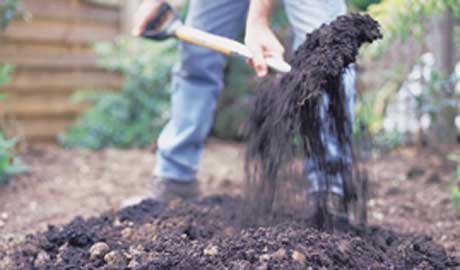
How to improve the soil
Soils can be improved with sand to make them loose and drier or with clay to make them moister and firmer. Doses of organic materials are to be included such as chicken manure, ground-up twigs, appropriate fertilizer, old leaves, and old lawn clippings.
Organic materials improve and nourish any kind of soil which encourages better plant growth.
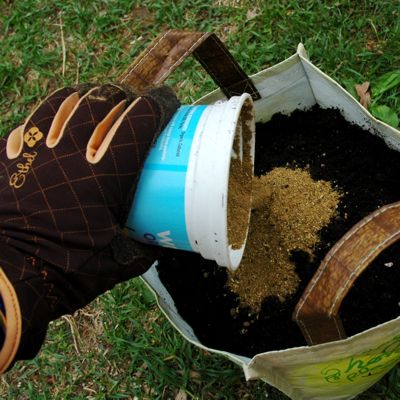
Including Fertilizers in the Soil
To produce good quality plants, fertile soil and healthy seeds go hand in hand. A fertile soil provides plants with nutrients to grow healthy. However, if the soil is not fertile, you can add organic and inorganic fertilizers to it.
- Organic fertilizers include fresh and decomposing plants. Nitrogen, potassium and phosphorus are the elements found in organic fertilizer. Nitrogen gives the plant its vigorous growth and green color. Phosphorus helps store nitrogen in plants.
Another good way to fertilize the soil is by using compost. Compost is made up of decayed plants and animal wastes.
Manure can also be used as fertilizer. It is a complete fertilizer but low in amounts of nutrients it can supply so it can be best used as soil conditioners instead of nutrient supplier.
- Inorganic fertilizers are chemicals that are manufactured. The commonly used inorganic fertilizer consists solely of hydrogen, phosphorus and potassium in forms which can be readily utilized by plants.
There is a major disadvantage in using chemical fertilizers – this can cause groundwater pollution. Nitrogen is water-soluble and tends to leach from the point of application. Water-soluble chemicals injure plants if not washed or brushed off. Slow-release fertilizers tend to be less prone to leaching and are preferred on sandy soil type, which tends to leach.
Few examples of inorganic fertilizers are potassium sulfate, super -phosphate, potassium nitrate, ammonium nitrate and potassium chloride




